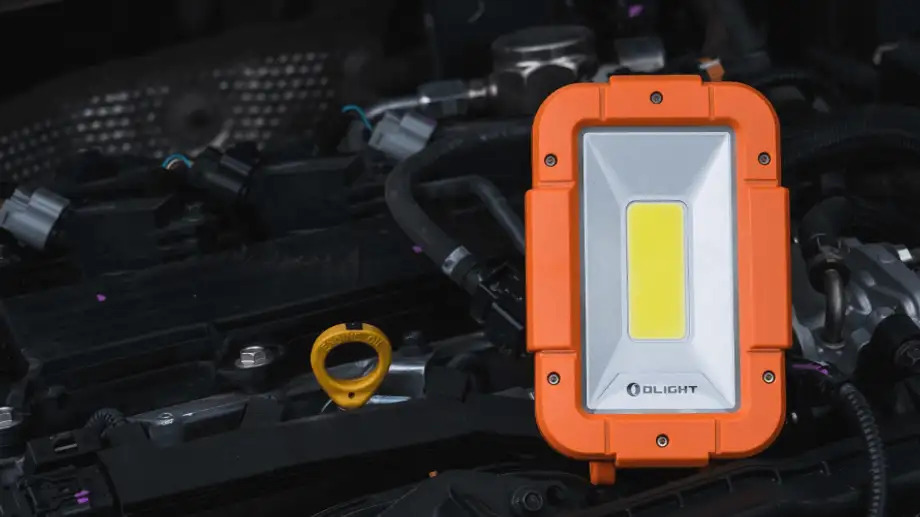COB is a light source technology that can achieve dense arrangement of LEDs in a small space, with many chips arranged at a millimeter pitch, resulting in high power output and a more powerful light source.
What does COB mean?
COB stands for chip on board. It is a highly efficient integrated surface lighting technology that uses LED chips mounted directly on a highly reflective mirror metal substrate. It is mainly used to solve the problem of making high-power LEDs with low-power chips.
What is the difference between COB lights and traditional LED lights?
Traditional light sources are mostly halogen lamps and high-power LEDs. Halogen lamps have low efficiency, heat generation, short life, and high power consumption; while high-power LEDs emit uneven light and have dark light.COB led lights are far superior to traditional lighting products in terms of luminous principle, energy saving, and environmental protection.
After understanding the basic definition of COB lights, many people will be at a loss: what is the difference between COB lights and LED lights?
Let's talk about the difference between these two light sources.
Traditional LED technology, also known as SMD LED bulbs, is used in most other trade show lighting today and can be found in LED bulbs, string lights, and strip lights. The light on the mobile phone is also a patch LED light. SMD lamps are known to be very bright with an output of 50 to 100 lumens per watt.
COB LEDs have 1 circuit and 2 contacts, requiring multiple channels to produce the color changing effect. Therefore, COB LED lights can effectively only provide lighting of one color. But they are brighter, use less power, and output a higher-quality beam. The picture below is the difference between COB lights and LED lights.
What are the advantages of COB LED?
Knowing the difference between COB and LED, some people will ask: Is COB LED light good? Now let's move on to the 5 unique advantages of COB lights.
1. The density of the light source
COB lights can significantly increase the lighting area while avoiding glare, which means we can use less power to create super bright light in the room.
In addition, the distance between individual diodes is very small, and the entire lamp panel is very compact. This provides great flexibility for use in different locations. In addition, multiple chips can be mounted on a single board, ranging from 10 to 20 or even hundreds of LEDs.

2. High light output
The wattage of COB LED chips is higher than that of traditional lamps. It produces higher lumens per watt, up to 100 lumens per watt, while traditional DIP LEDs only offer 20-50 lumens per watt.
3. Good uniformity
The beam is uniform. When lighting a subject, it provides clean, well-defined shadow outlines. This makes it ideal for creating special lighting effects during filming, making it very popular with photographers and filmmakers.
4. High light intensity
Density is higher than other LED chips because more LEDs are packed on a single substrate, resulting in higher light intensity.
5. Less calorific value
Due to its simple design, it contains fewer components than traditional LEDs. Therefore, the heat generated by the components is relatively low.
Application scenarios of COB lights
Since COB lights have so many advantages, what can COB lights be used for?
COB LEDs are widely used in our lives as high-efficiency light sources. For example, COB LED light strips can be used as decorative lighting for outdoor camping and living scenes; COB LED spotlights are mainly used in hotels, exhibition halls, and living rooms as small fill lights to create a warm atmosphere. High-power COB LED bulbs are used in scenes with high brightness requirements, such as: football stadiums and large industrial scenes. In addition, handheld devices with COB LED technology can also be used as flashlights.





